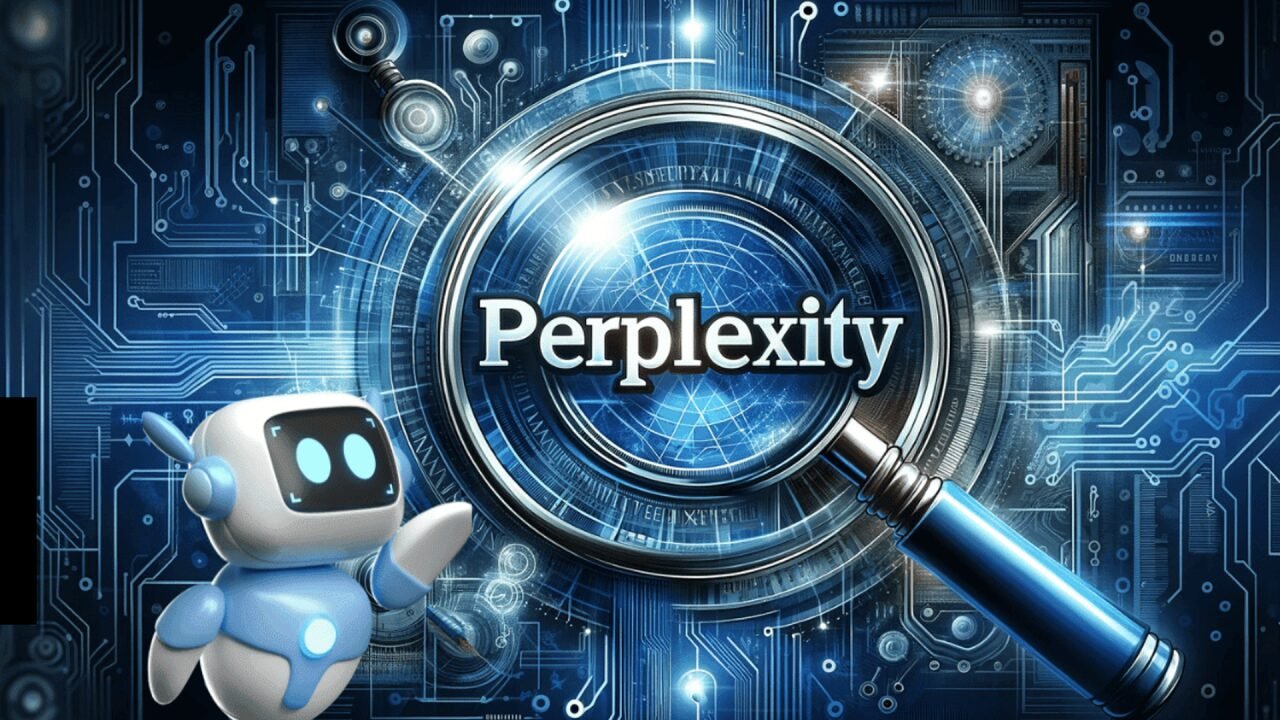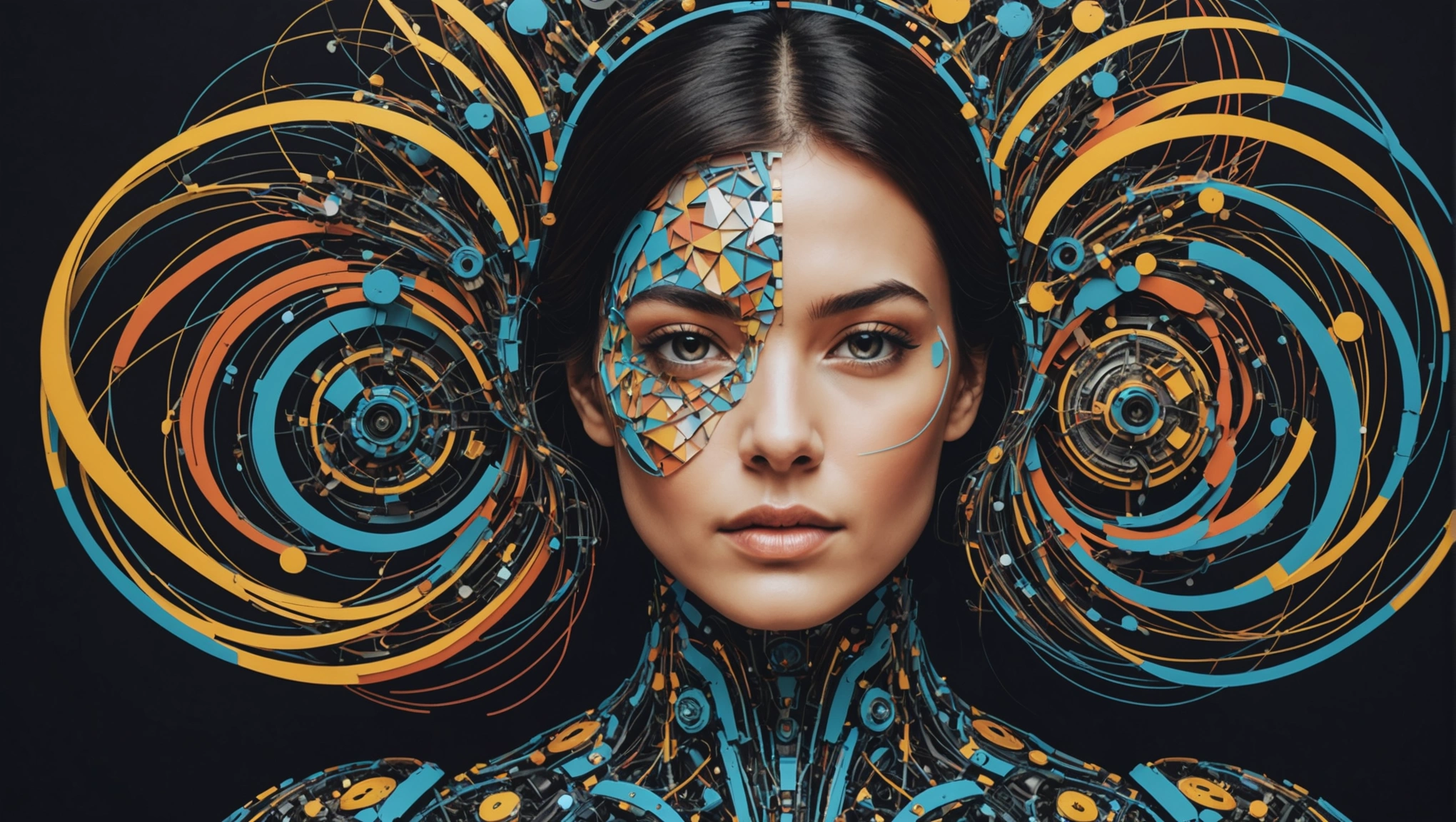ChatGPT, an AI-powered chatbot developed by OpenAI, has revolutionized the way we interact with technology. From casual conversations to complex problem-solving, ChatGPT has become an indispensable tool for millions. In this article, we will delve into what ChatGPT is, how it works, its applications, benefits, limitations, and future prospects. This comprehensive guide aims to provide valuable insights and practical tips for anyone interested in AI technology.

What is ChatGPT?
ChatGPT is a conversational AI model designed to understand and generate human-like text based on the input it receives. It leverages the power of GPT (Generative Pre-trained Transformer) architecture, a type of deep learning model, to process natural language and provide coherent, contextually relevant responses.
Key Features
- Natural Language Understanding: ChatGPT can comprehend and respond to complex queries in a human-like manner.
- Versatility: It can be used for various applications, including customer service, content creation, language translation, and more.
- Continuous Learning: The model improves over time with more interactions, becoming more accurate and reliable.
How Does ChatGPT Work?
ChatGPT operates using a machine learning model called a transformer. It is pre-trained on a vast corpus of text data, allowing it to understand language patterns and context. The training process involves two main phases:
1. Pre-training
In this phase, the model is exposed to a large dataset containing diverse text sources. It learns grammar, facts about the world, and some reasoning abilities by predicting the next word in a sentence.
2. Fine-tuning
After pre-training, the model undergoes fine-tuning on a narrower dataset with human reviewers following specific guidelines. This phase helps the model adhere to desired behaviors and reduce harmful or biased outputs.
Applications of ChatGPT
Customer Service
ChatGPT can handle customer inquiries efficiently, providing quick and accurate responses. It helps businesses save time and resources while enhancing customer satisfaction.
Content Creation
From writing articles and blog posts to generating creative content, ChatGPT serves as a valuable assistant for content creators. It can produce drafts, suggest ideas, and even help with editing.
Educational Assistance
Students and educators can benefit from ChatGPT by using it as a tutor or study aid. It can explain complex concepts, provide summaries, and answer academic queries.
Healthcare
In the healthcare sector, ChatGPT can assist in preliminary diagnosis, patient education, and appointment scheduling. It ensures that patients receive timely information and support.
Benefits of Using ChatGPT
Efficiency
ChatGPT can process and respond to multiple queries simultaneously, making it a highly efficient tool for various applications.
Accessibility
It is available 24/7, providing instant support and information to users across different time zones.
Cost-Effective
For businesses, ChatGPT offers a cost-effective solution to manage customer interactions and automate routine tasks.
Personalization
The model can be tailored to specific needs, providing personalized responses based on user preferences and historical data.
Limitations and Challenges
Understanding Context
While ChatGPT is proficient in understanding language, it may sometimes struggle with nuanced context or ambiguous queries.
Bias and Fairness
AI models like ChatGPT can inadvertently reflect biases present in their training data. Ensuring fairness and mitigating bias is an ongoing challenge.
Dependency on Data
The quality of ChatGPT’s responses heavily depends on the data it has been trained on. Inaccurate or outdated information in the training data can affect its performance.
Future Prospects
The future of ChatGPT and similar AI models looks promising. OpenAI and other organizations are continually working on improving these models to make them more accurate, reliable, and safe. Innovations in AI research, coupled with advancements in ethical AI practices, will likely enhance the capabilities and applications of ChatGPT.
Practical Tips for Using ChatGPT
Define Clear Objectives
Understand what you want to achieve with ChatGPT and set clear objectives to guide its use.
Regularly Update Training Data
Ensure the model is trained on the latest and most relevant data to maintain accuracy and reliability.
Monitor and Evaluate
Continuously monitor the performance of ChatGPT and evaluate its responses to ensure they meet your standards.
Incorporate Human Oversight
While ChatGPT is powerful, human oversight is essential to verify and validate its outputs, especially in critical applications.
Conclusion
ChatGPT represents a significant advancement in AI technology, offering numerous benefits across various sectors. By understanding its features, applications, and limitations, users can harness its full potential. As AI continues to evolve, ChatGPT will likely play an even more integral role in our daily lives, driving efficiency, innovation, and personalization.
For further reading and resources, check out OpenAI’s official blog and stay updated with the latest developments in AI technology.







![Top Free Ai Apps For Android In 2024! - Ai Avenue Ultimate AI Apps for Android! [Completely FREE]](https://aiavenue.net/wp-content/uploads/Ultimate-AI-Apps-for-Android-Completely-FREE.png)







